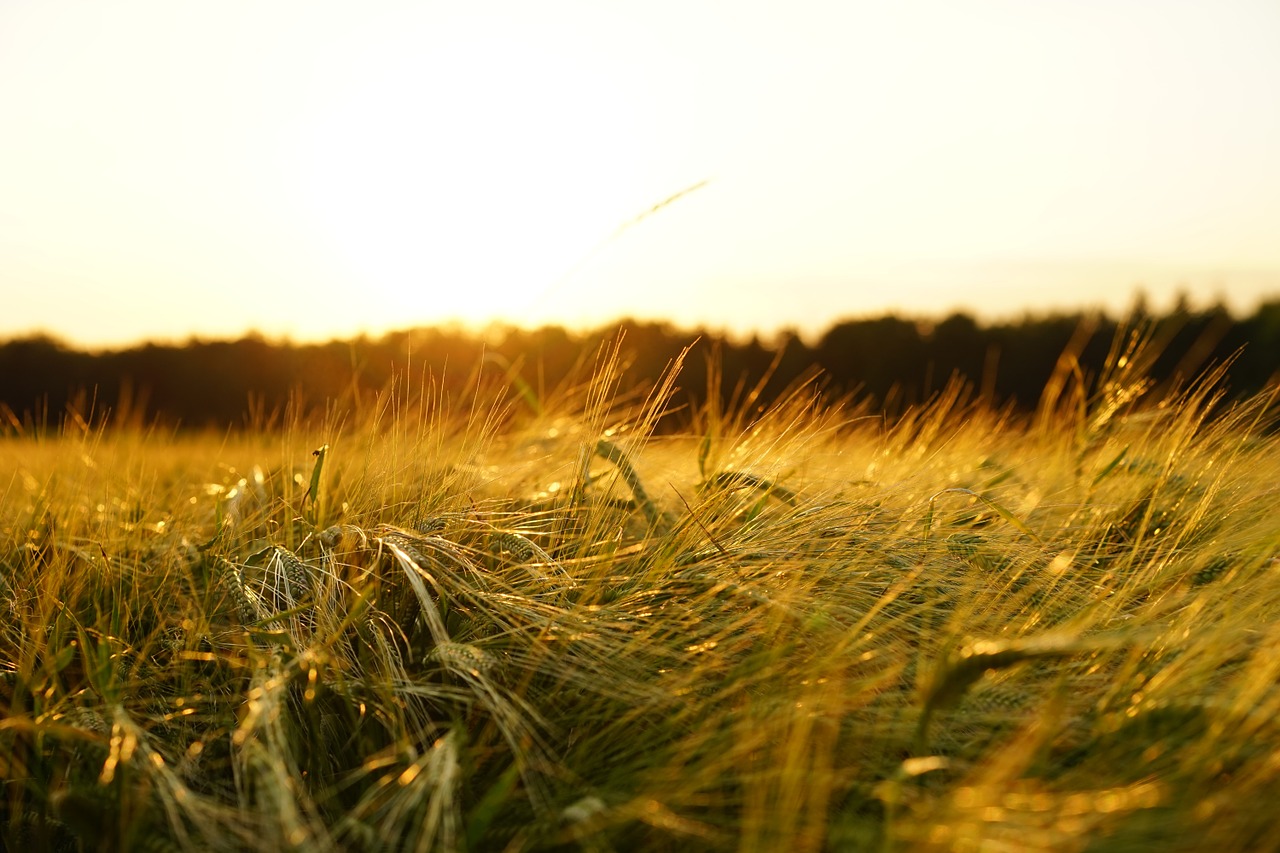NEW
More than 25 years evaluating barley varieties in Álava
17 October 2012More than 25 years evaluating barley varieties in Álava
En el marco del congreso anual que se está celebrando en Gante (Bélgica), la Dra. Eva Ugarte, directora de Innovación y Tecnología de NEIKER, ha sido reconocida con el Distinguished Service Award por la European Federation of Animal Science (EAAP).
In NEIKER-Tecnalia selection trials and evaluation of cereal (which is included malting barley), began in 1986. Since then we have studied more than one hundred varieties of barley short cycle. The tests are linked to the national grid GENVCE (www.GENVCE.org) and in collaboration with the Spanish Plant Variety Office of the Ministry of Agriculture.The results of each variety in over 100 different locations are tested annually, making it one of the most active independent thematic networks of Spain, the most important Spanish companies are turning to the net for the agronomic evaluation of new varieties. The varieties are evaluated for five consecutive years with a very strict protocol so as to compare their productive potential in the absence of seed treatments in over 100 trials divided into three climatic zones classified: arid drylands, drylands fresh high potential (Álava) and irrigation.
As for barley, Alava performed in two trials, one long cycle varieties, sown in November and short cycle sown in February, among the latter are most fitness malting varieties.
The fitness-brewery and malting quality of barley depends on genetic factors, adaptation to soil and climate and the work done in their culture. The malting and brewing industry in Europe has preferences for certain varieties that have already malting fitness. Specifically Malteros Association of Spain and the Brewers Association of Spain, annually releases a list of their preferred varieties and for the 2011-2013 triennium are 5: PEWTER, SCARLETT, QUENCH, HENLEY and Shakira, two varieties for uses Specific PRESTIGE and Clairon. Also noteworthy is the variety SCRABBLE (Koipesol Seeds) which are currently under observation in Álava and having a very high yield potential in addition to its excellent malting quality.
A variety of fitness malting must meet a number of other quality specifications after harvest, compliant independent technical studies for the promotion of quality malting barley:
• Maximum Humidity grain: 11.5%
• Protein s / s: from 9.5 to 11.5, 10.0 to 11.0 optimal
• Calibrate> 2.5: 65% minimum
• Grit party more impurities less than 4%
• minimum varietal purity: 95%
• Minimum germination: 97%
A brief description of the varieties can be found below:
QUENCH: Variety of two alternating cycle racing, with recommended planting date of mid-November to mid-January. It has medium-late ripening and a very good tillering. Presents average height and very resistant to lodging. As shown diseases and disease low medium high resistance to Rhynchosporum. It has a high yield potential in dryland and irrigation. Currently this range is marketed exclusively by Garlan S. Coop. (Álava)
PEWTER: Variety of two alternating cycle racing, allowing the cultivation of winter crops are recommended but not precocious. It has medium-late maturing. Presents resistant low height and lodging. As shown diseases low seeding early disease but is still more sensitive to Rhynchosporum most varieties of winter barley. It has a high yield potential and adaptation to all growing areas. Currently this range is marketed by Agrusa (Lleida).
SCARLETT: Variety of two short course races. It is one of the most popular varieties in the malting industry, was registered in 1996 and has since become one of the most widely deployed in Europe as malting barley. It maturation medium and medium resistance to lodging. As shown disease resistance Rhynchosporum low. It adapts well to all growing areas. Currently this range is marketed by Disasem (Huesca).
HENLEY: Variety of two short course races, spring planting. It precocious maturation average. Average resistance to lodging, low to medium-high to Rhynchosporum and mildew. It has a high yield potential and adaptation to all growing areas, especially in arid and semiarid dryland environments and lower yield potential. Currently this range is marketed by Limagrain-Iberica (Navarra).
SHAKIRA: Variety of two short course races, spring planting. It maturation media. Presents low height and average resistance to lodging. High resistance to powdery mildew and Rhynchosporum. Noted for its high production potential in most growing areas of spring barley. However, the available information suggests a relative adaptation worst in more temperate zones. You need the correct control of nitrogen fertilization for your destination as malting barley. Currently this range is marketed by Limagrain-Iberica (Navarra).



